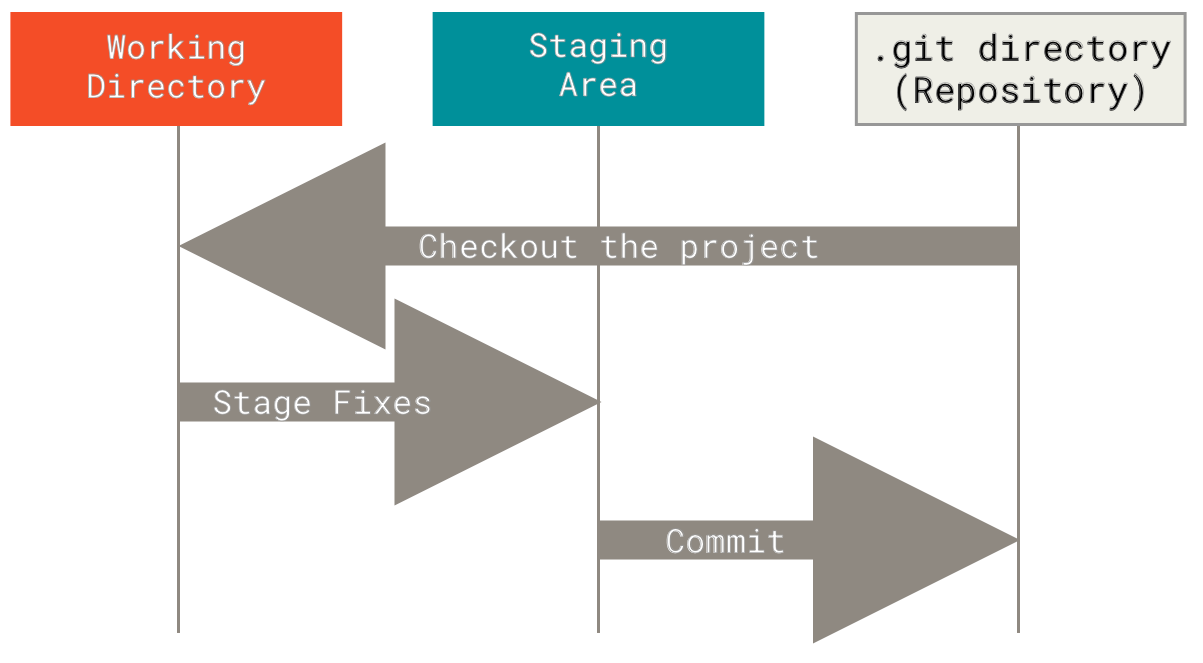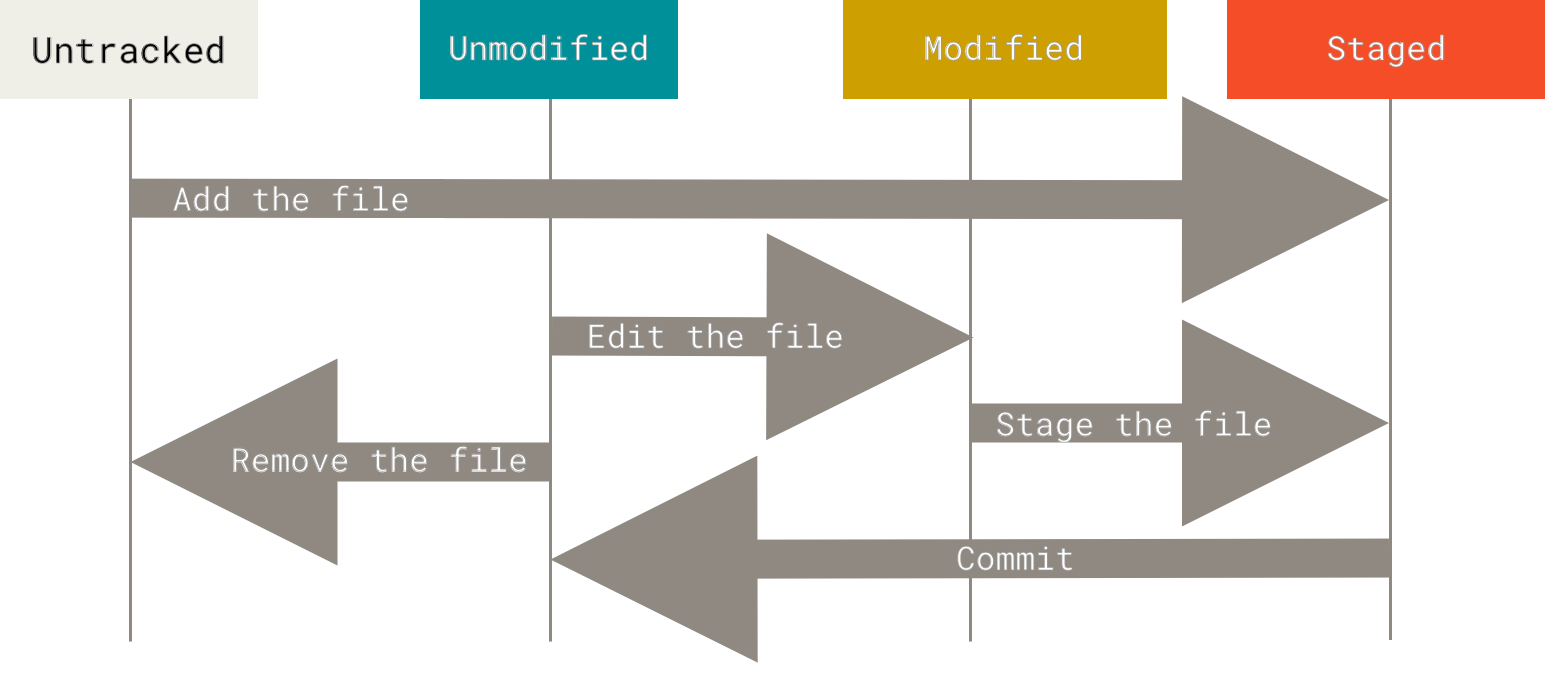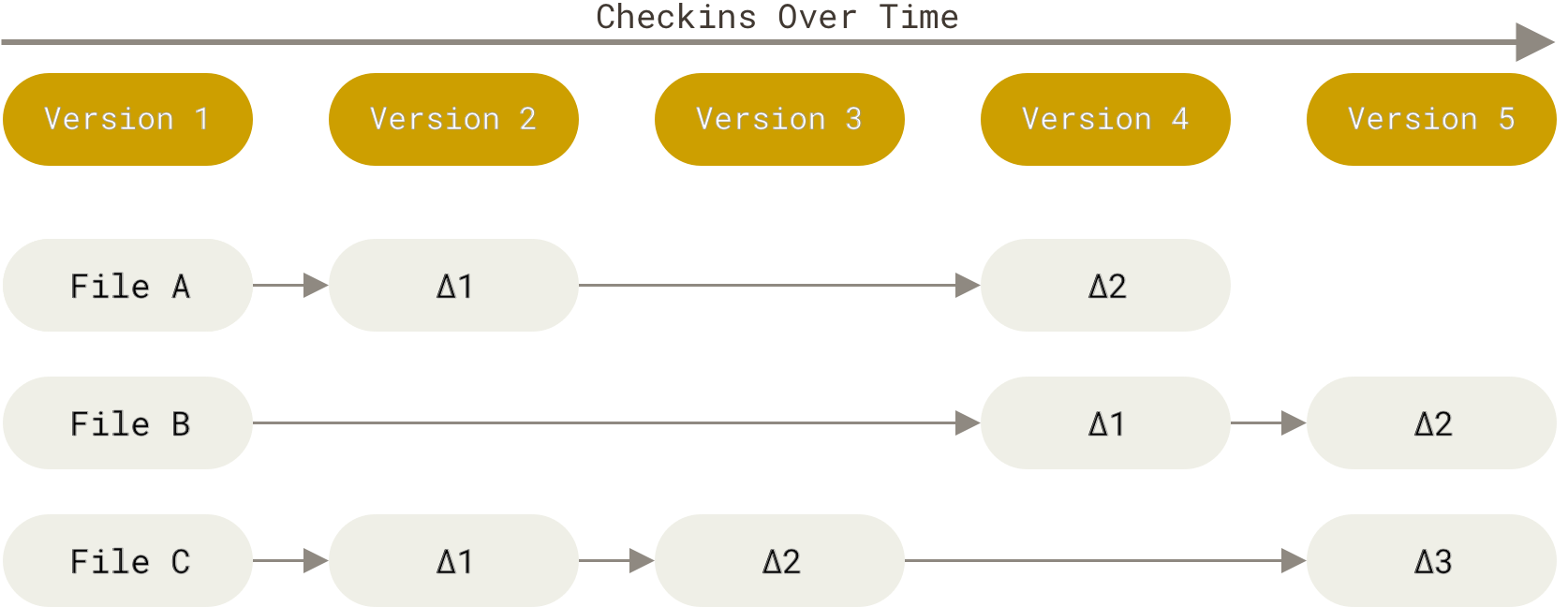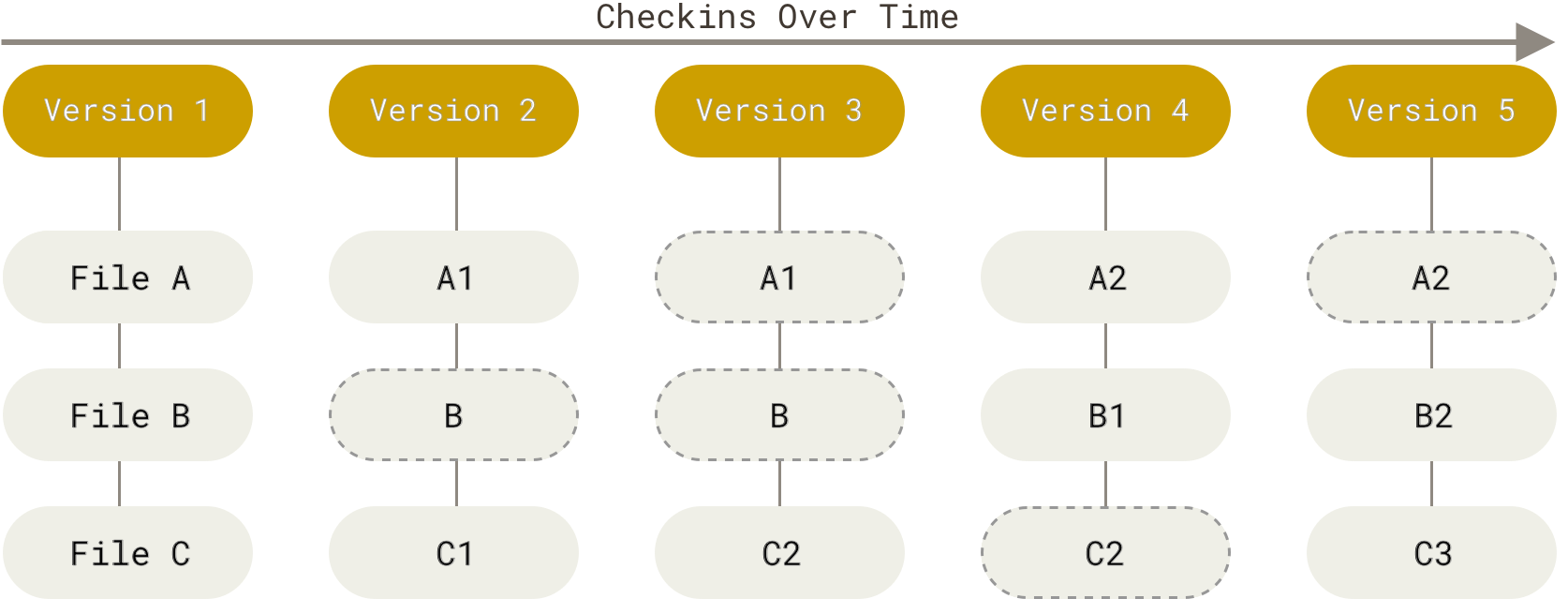What is Git?
Git is the most popular version control system in the world.
It is used for all types of projects: corporate, open-source, hobby, educational, and more.
Fun Facts
-
Created by Linus Torvalds (Linux creator) in 2005 when he needed a better tool for Linux kernel development.
-
The German government publishes their constitution on GitHub.
-
Over 100 million repositories exist on GitHub alone.
What is version control?
Version control systems record changes to files over time, allowing you to:
- keep track of changes in a structured way
- view or edit specific versions
- compare differences between versions
- share and collaborate on projects
Types of version control
There are different types of version control setups:
- Local
- Centralized
- Distributed
Without Version Control
my-project.txt
my-project-final.txt
my-project-final-v2.txt
my-project-final-v2-ACTUALLY-FINAL.txt
my-project-final-v2-ACTUALLY-FINAL-fixed-typo.txtProblems: Confusing, error-prone, no collaboration, no history of what changed.
Different tools allow for collaboration and version control in different ways:
-
Google Docs implements centralized version control through operational transforms.
-
The Zed editor uses CRDTs to provide a distributed collaboration environment.
Git
Git is local-first but allows for great flexibility of setups for collaboration:
- centralized (e.g. through GitHub)
- decentralized (e.g. through e-mail)
Fun fact: The linux kernel development is based on git over email
This course will only discuss alternative version control implementation and strategies in the context of git.
Git design characteristics
- Strong support for non-linear development
- Distributed development
- Compatibility with existent systems and protocols
- Efficient handling of large projects
- Cryptographic authentication of history
- Toolkit-based design
- Pluggable merge strategies
- Explicit, periodic object packing
Initial config
Before we can get started using git, we need to tell git who we are:
git config --global user.name='my name'
git config --global user.email='name@example.com'Creating a repository
A core concept in git is the repository.
mkdir my-first-git-project
cd my-first-git-project
# create a repository in a newly created directory
git initA repository is just a directory for which git tracks changes.
Cloning a repository
Another way to get a git repository is to clone it:
git clone https://github.com/bahamas10/ysap.gitThe above command will download the given repository to your computer and checkout the default branch.
Working directory
The directory where you created or cloned a repo is called the working directory.
It contains a snapshot of the files corresponding to the selected commit.
Feel free to manipulate your local copy of a repository as you wish.
As git is local-first, uploading changes requires an explicit push operation.
Repository internals
Git stores all the data related to a repository in a hidden .git directory.
- full history of changes (commits)
- full history of versions (branches and tags)
- all versions of all files ever added to the repository (snapshots)
- other configurations and internals which we will cover later
Danger: Deleting the
.gitdirectory will delete the entire local history of the repository!
The three stages
Contributing changes to a repository passes through 3 stages:
- Working directory
- Staging area
- Repository

Changes in the working directory are completely local.
They are not yet version controlled and can be lost.
They are no different that editing a file without using git.
By adding changes to the staging area you are telling git that you intent to include these changes in your next commit.
git add readme.mdThese changes are now tracked by git, but are NOT yet part of the repository’s history.

Once you are ready, you can commit changes from the staging area to your local repository.
git commit -m "added readme file"These changes are now part of the history of repository, but are only stored on your computer.
What is a commit?
Unlike other version control systems, git does NOT record an explicit history of changes (diffs).
A commit is a snapshot of the full content of all files in the repository.
In systems that store diffs, each commit is small because it contains only the specific changes included in the version.

In git, each commit stores a full snapshot of all the files in the repository.

git does a lot of clever optimizations to make this efficient.
Basic workflow
# display the status of the files
git status
# add all files to the staging area
git add .
# commit the changes
git commit -m "my first commit"
# upload your changes to a shared repo
git pushThis basic loop is at the core of using git. We will spend a good amount of time unpacking and learning about each of these commands and more.
Git commands structure
Git follows a toolkit-based philosophy. It acts as collection of tools that work together.
Each git command has the following general structure:
git [sub-command] [options] [objects]Getting help
Git provides excellent in-terminal documentation.
# prints a list of git subcommands
# with short descriptions
git help
# provides a detailed overview
# of the specific sub-command
git sub-command --helpWhat does the hidden .git directory contain?
- Only the current version of your files
- Full history of changes, branches, tags, and all file versions
- Just configuration files for Git
- Temporary files that can be safely deleted
What happens if you delete the .git directory?
- Nothing, Git will recreate it automatically
- Only the current branch history is lost
- The entire local repository history is permanently lost
- Your files are deleted but the history is preserved
What does the Working Directory represent?
- The current snapshot of files you’re actively editing
- The Git configuration folder
- The remote repository on GitHub
- The history of all previous commits